Is Klonoa Phantasy Reverie Series on Switch fun for people who never played the originals?
Two classic platformers from the 90s and early 2000s remastered on Switch.
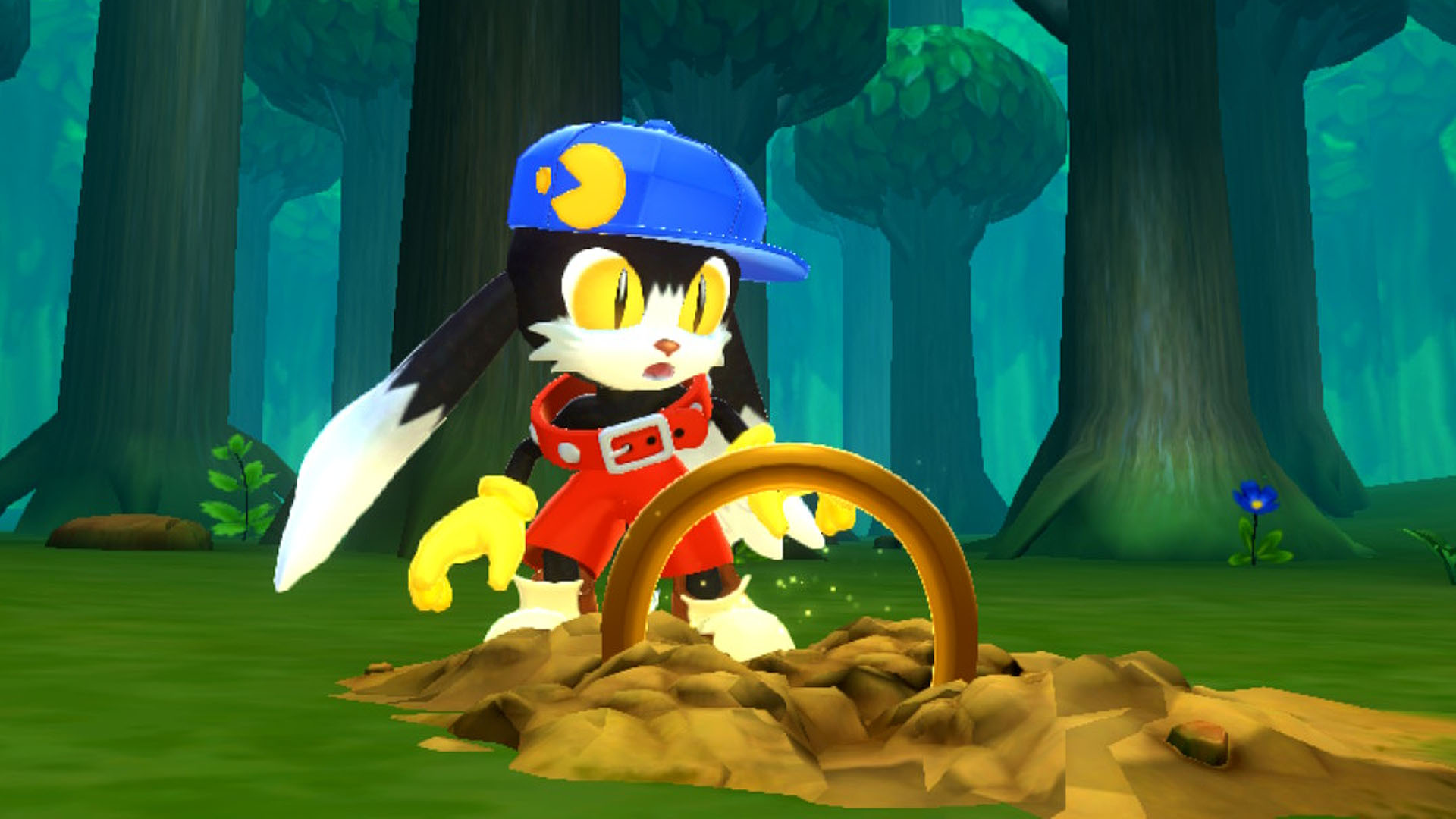
Klonoa has long been one of those game characters that I’ve seen on aging posters in used video game stores but didn’t know anything about. I knew he had a following of some kind, even if I didn’t have any friends who ever talked about him. While staring into his Sonic-like eyes I’ve often wondered, are his games ones I was missing out on? Is he a rabbit? Maybe a long-eared cat? And what’s up with Pac-Man being on his blue hat?
I got answers to some of these questions just recently when Klonoa Phantasy Reverie Series came to Nintendo Switch and I played through the remastered first and second games in the series for the first time. For instance, Namco created both Klonoa and Pac-Man, so the latter being on the former’s hat is a not-too-subtle nod to that.
It didn’t take me long to learn that despite the cutesy art style and rounded enemies, this collection offers some challenging aspects if you want to soak in everything the games have to offer.
What is the plot anyway?
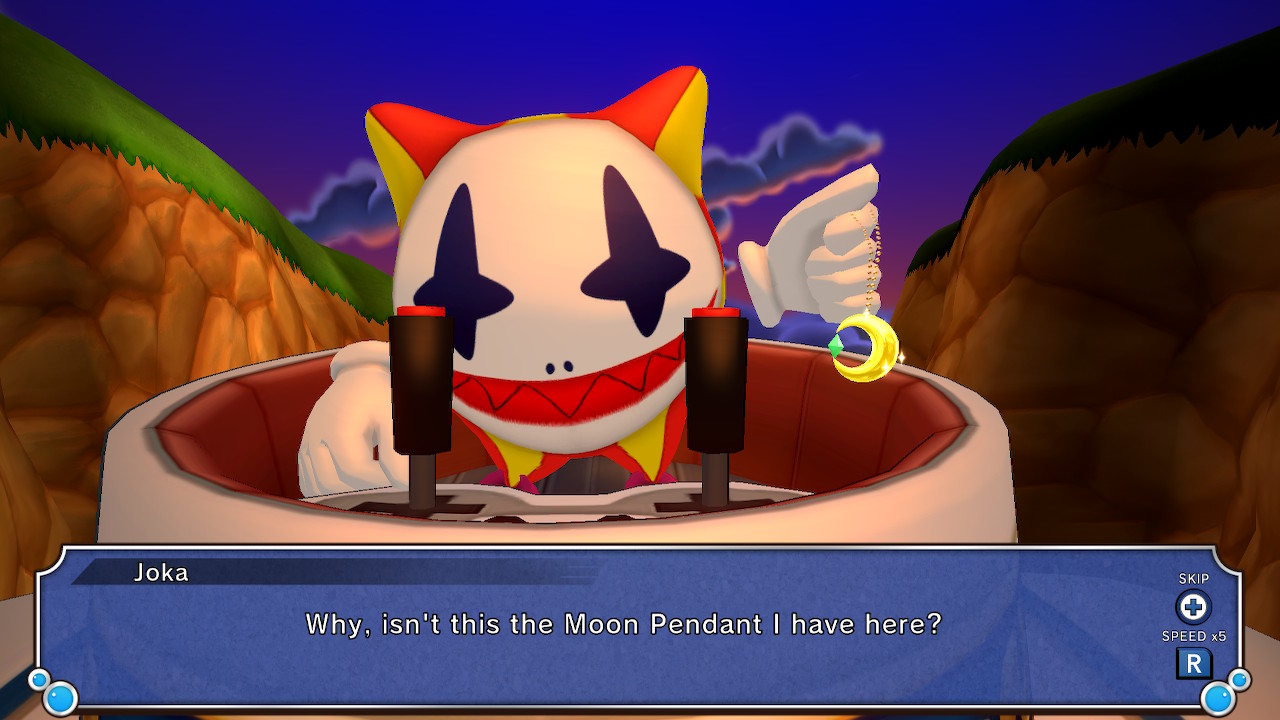
Despite holding two games, this collection only takes 8 GB on Switch, so you don't need that much room on your best microSD card. The game’s main menu lets me choose between playing either Klonoa: Door to Phantomile or Klonoa 2: Lunatea’s Veil without needing to unlock the latter. Upon starting either game, I can also choose between Easy or Normal mode. Easy mode reduces the amount of damage Klonoa takes when hit by an enemy and allows his Wind Bullets to fly farther for easier enemy capture. So if you want a more relaxing experience, I’d go with Easy mode.
As far as plot goes, both games are relatively basic. In the first game (which released on the original PlayStation in 1992), Klonoa, an unspecified anthropomorphic animal of some kind, finds a Wind Ring and exists in Phantomile, a land fueled by dreams. An evil being called Ghadius and his underling, Joka, crash into a nearby mountain and want to obtain a Moon Pendant so they can turn Phantomile into a land of nightmares. Of course, that’s a bad thing, so Klonoa works to stop them and save Phantomile’s inhabitants.
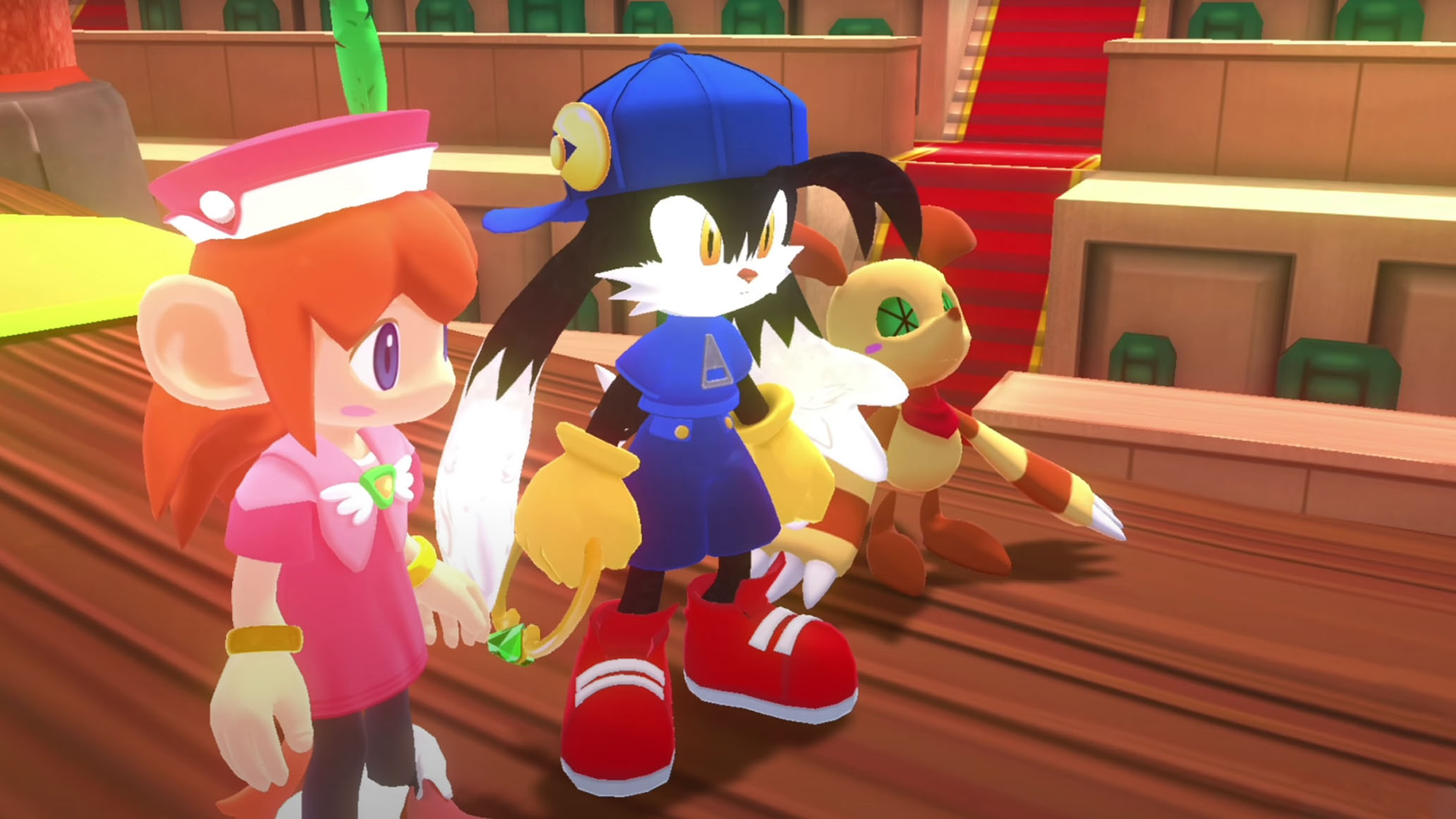
In the second game (which originally released on PS2 in 2001), Klonoa 2: Lunatea’s Veil, the plot is a little more evolved, but not by much. This time, Klonoa somehow appears in the dream world of Lunatea. Two sky pirates attempt to steal his Wind Ring but are scared off by the presence of Lolo, a priestess in training, and her companion Popka. The three characters travel together and are informed of a prophecy stating that a bell of darkness is about to appear in the world that will lead to chaos.
In the second game, Klonoa experiences a bit of a glow-up with a new look and skills.
To prevent this, Klonoa and his new friends travel to four kingdoms with the end goal being to obtain elemental powers from the bells in each location so our hero can become strong enough to fight off the big evil. Klonoa experiences a bit of a glow-up in the second game. He’s noticeably taller than he was in the first one, his blue hat is now on backward like all the hip kids, and while he uses the same basic skills as the first game, he also learns new ones that make gameplay more interesting.
Master your iPhone in minutes
iMore offers spot-on advice and guidance from our team of experts, with decades of Apple device experience to lean on. Learn more with iMore!
What is gameplay actually like?
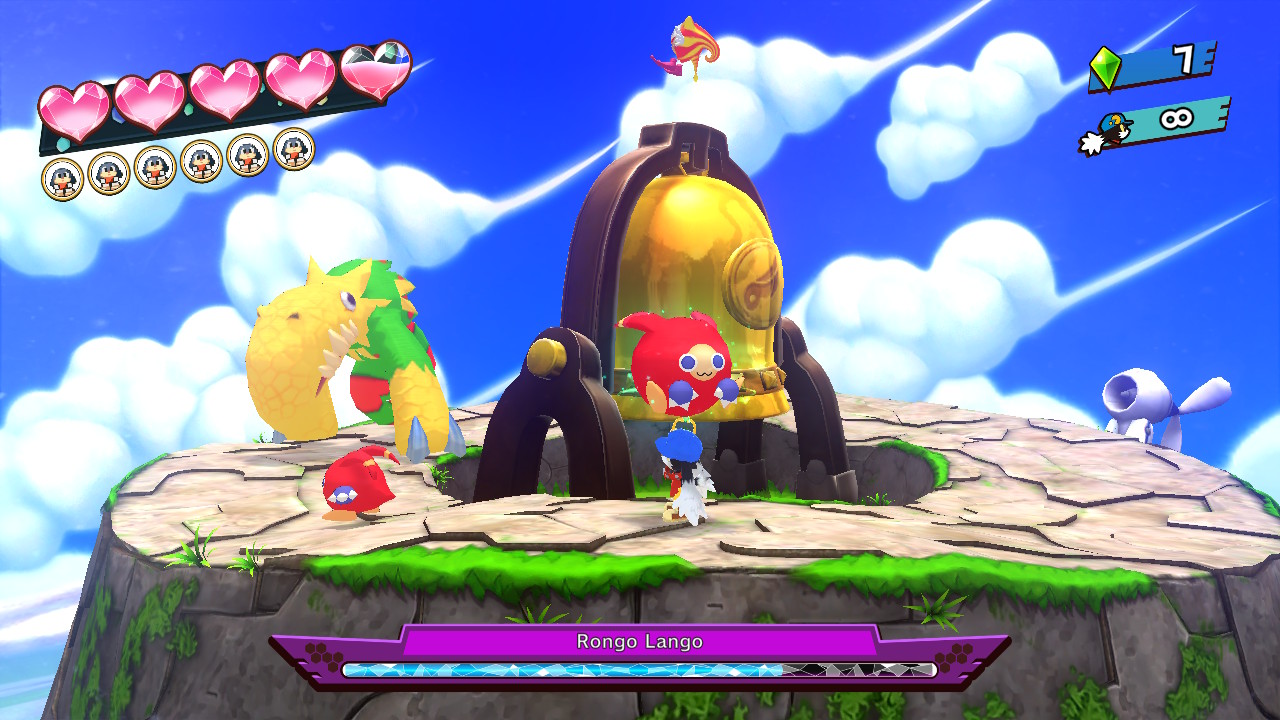
Speaking of gameplay, both of these games implement that 2.5D art style so prevalent in platformers from the 90s and early 2000s, where the camera is fixed and Klonoa mostly just goes left or right while jumping around and defeating enemies in a 3D space. In any given level, he usually works to collect six hidden characters as well as floating green and blue gems called Dream Stones. Basic levels are broken up by boss battles and the occasional riding stage, where players view Klonoa from front or back while he rides on a surface like a minecart or a board and must move side to side in order to collect items or dodge oncoming enemies.
In some ways, Klonoa plays similarly to the best Kirby games. His Wind Ring pulls enemies to him and he can throw enemies at others to kill them. He can also hover in the air momentarily if players hold down the jump button, but that’s where the similarities end.
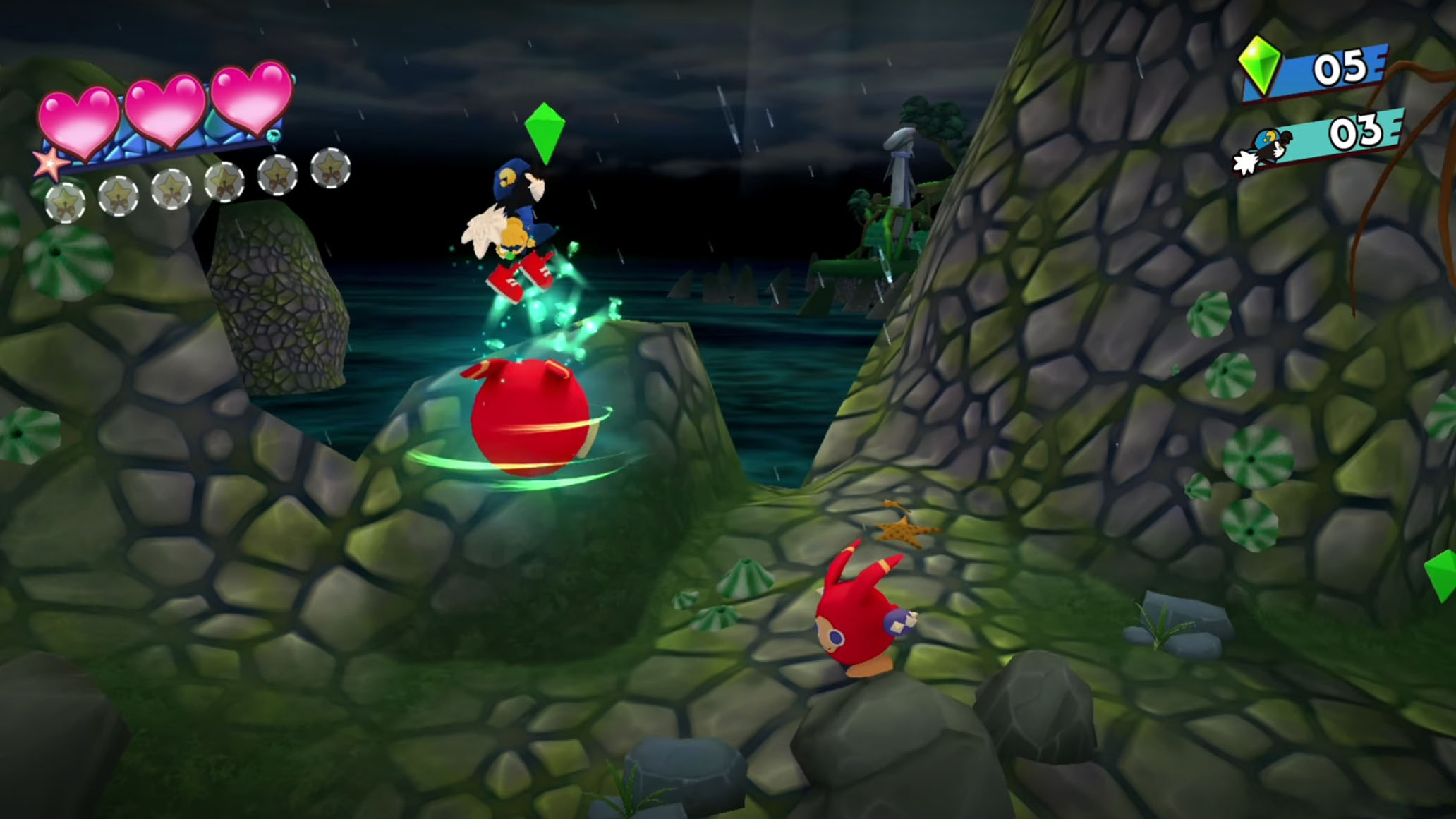
Klonoa has the ability to double jump as long as there is an enemy in his hands. The idea being that he bounces off their heads to reach higher levels. Throwing captured enemies is integral to breaking roadblocks, collecting floating items, or toggling switches. Because of this, many of the basic functions within a level require you to have an enemy in hand.
This can be tricky as some enemies are harder to catch than others or might even explode if held too long. Additionally, certain doorways allow you to bring an enemy through to a new area while others force you to work with what’s available within a specific space, so you need to figure out if you need to BYOE (bring your own enemy) or use what you see. Even then, sometimes it requires precise timing to fulfill certain tasks.
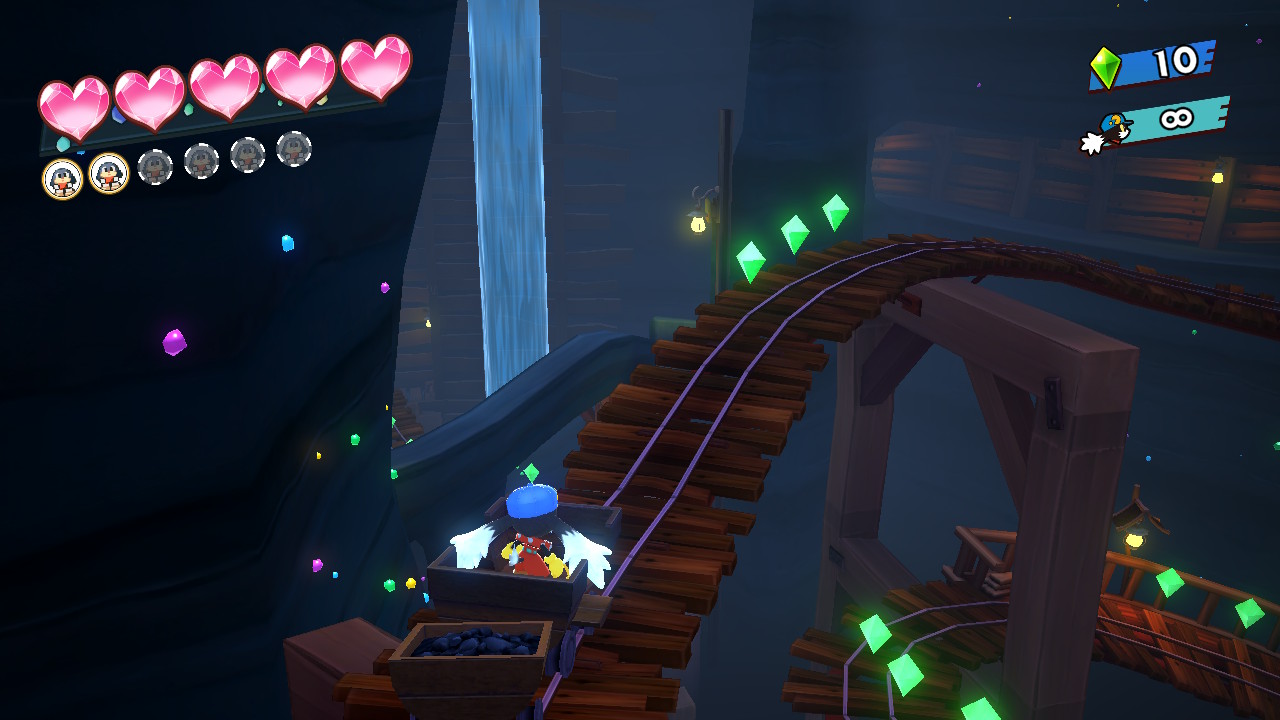
For instance, in the first game, there was an area where I needed to reach a key high up on a platform. To do this, I had to grab a flying enemy, double jump off its head, then grab a higher flying enemy in midair, and then double jump off this second enemy’s head to reach the platform.
This took several attempts on my part since the bad guys were floating at different points along a path and I needed to jump at the peak of their pattern to reach my destination. Fortunately, most enemies respawn pretty quickly giving you plenty of additional chances. However, there are some places where enemies disappear after you use them. Some platforming elements in this game can be tedious for some players, so if this doesn’t sound appealing, you should probably stay clear of this game.
Some platforming elements in this game can be tedious for some players.
On that note, the games’ bosses are pretty straightforward too, and don’t take that many hits to kill. But they do have narrow hitboxes, often with some kind of shield working in their favor, so you must time your throws carefully in order to be successful. Otherwise, they can take a long time to defeat.
Do they feel like old games on Switch?
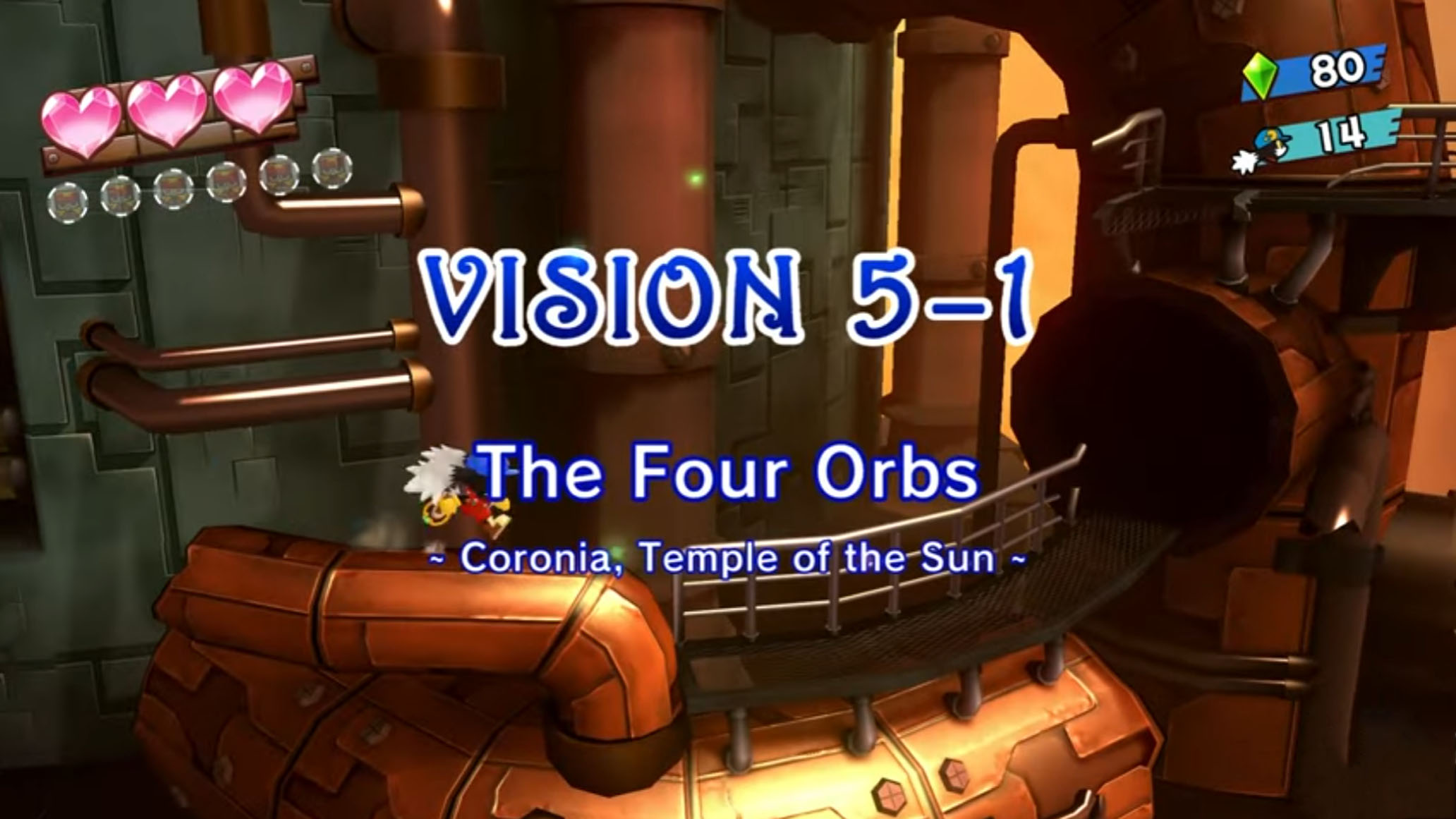
Everything worked well and functioned as it should have as I played. The previously mentioned fixed camera in a 3D space does feel a bit old, but there are plenty of other platformers on Switch that also do this, including AAA games from Nintendo like Donkey Kong Tropical Freeze.
Honestly, the things that felt the most outdated were the level titles and dialogue boxes. These massive titles block the screen for a bit at the beginning and end of a level, making it hard to see enemies or watch cutscenes you've worked so hard to reach. Fortunately, it only stays on screen for a short time.
Minor things felt outdated, like the level titles and dialogue boxes.
As far as the dialogue boxes go, I very much appreciated that all cutscenes can be fast-forwarded by pressing the R button or skipped entirely by pressing the + button. However, the dialogue boxes also felt super chunky and took up far more of the screen than they needed to. Sometimes it felt like they were distracting from the main action of the game since they were so obtrusive.
So is this something newcomers will enjoy?
Before playing Klonoa Phantasy Reverie Series, my biggest question as someone who hadn’t grown up playing these platformers was, is this something that newcomers like me will enjoy on Switch? The answer is, it depends on how much you love classic platformers, especially ones that can be challenging in some areas. If you'd prefer something a bit easier and more modern, I'd say stick with Kirby and the Forgotten Land.
The Klonoa games are fun and made me work harder than I expected. I’m certain that nostalgia makes these games even better in some people’s eyes, but as a newcomer, I can’t say they blew me away. Some aspects feel outdated and there wasn’t anything extra there to pull me in and make them stand out from other platformers I’ve played. Still, if you're a fan of platformers, you should give Klonoa Phantasy Reverie Series a try.

Gaming aficionado Rebecca Spear is iMore's dedicated gaming editor with a focus on Nintendo Switch and iOS gaming. You’ll never catch her without her Switch or her iPad Air handy. If you’ve got a question about Pokémon, The Legend of Zelda, or just about any other Nintendo series check out her guides to help you out. Rebecca has written thousands of articles in the last six years including hundreds of extensive gaming guides, previews, and reviews for both Switch and Apple Arcade. She also loves checking out new gaming accessories like iPhone controllers and has her ear to the ground when it comes to covering the next big trend.
